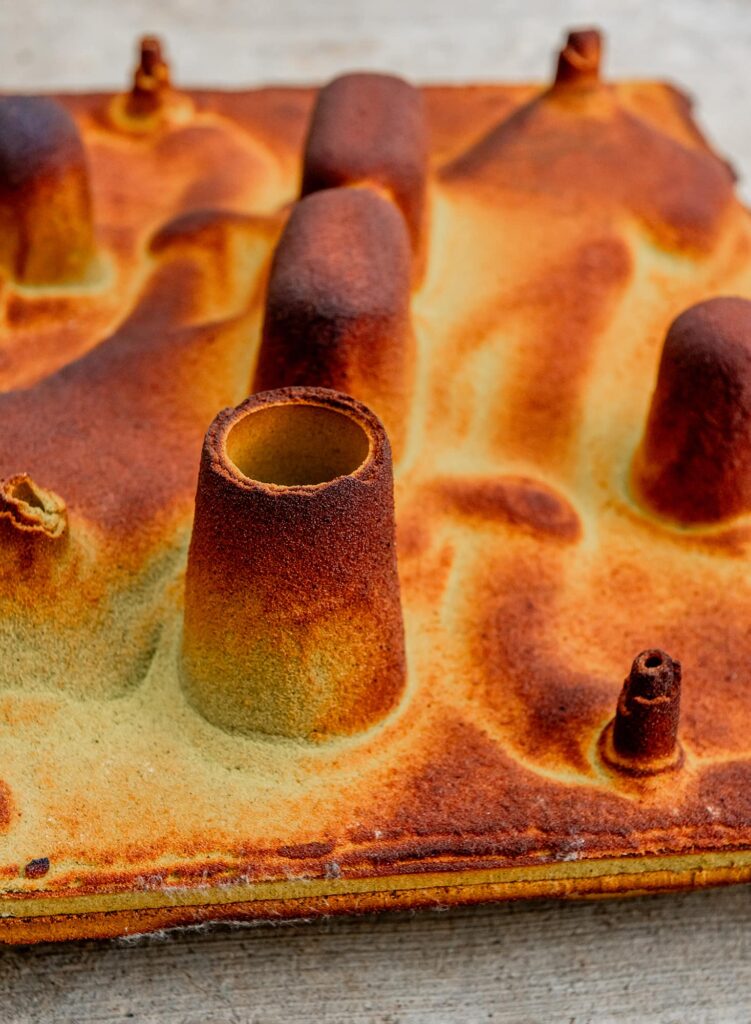At its core, the process of casting metal components has changed very little over its long history. It still involves using molds to shape molten metal into the desired form, just as it was practiced centuries ago. However, that’s not to say that there have not been many subtle and important refinements of this process over the years. Today, modern manufacturers have several options when it comes to choosing the casting technique that makes the most sense for their operations. Each technique comes with its own unique set of advantages and disadvantages, so it’s important to understand what each method brings to the table before making a decision.
Comparing Shell Molding, Traditional Sand Casting, & Investment Casting

Understanding the Three Main Types of Metal Casting
All casting techniques use a hollow mold into which the liquid metal is poured, after which it is cooled down and removed from the mold to become the finished component. Where these varying techniques differ is the process through which the mold is created.
- Shell Molding — In the shell molding technique, the pattern of the part to be duplicated is heated and then covered with a resin coated sand. As the sand is introduced to the hot pattern, the resin melts and bonds the sand grains together to take the shape of the part. As this energy is transferred to multiple layers of sand, the bond creates a shell mold. When the shell halves (both cope and drag) are ready, they are assembled to make a complete shell mold. At this point, liquid metal is poured into the mold to cast the part. After cooling, the shell is broken away to reveal the completed part.
- Traditional Sand Casting — This method uses damp or “green” sand combined with clay to create the mold around a pattern through compaction rather than thermal transfer. The impression created is then used as the mold for casting the metal components. As in shell casting, the mold is broken away from the part to release it after cooling.
- Investment Casting — The oldest technique of the three, investment casting involves creating patterns of wax that are dipped into a ceramic slurry. This slurry then hardens, and the wax is melted out of them to leave behind the hollow molds. Molten metal is poured into the molds and the parts are cast as in other methods.
Shell Molding vs. Traditional Sand Casting
Although similar in terms of the process, shell molding differs from traditional green sand casting in a few significant ways. Because the sand used in shell molding is mixed with resin, it can be finer than that used in green sand casting. This means shell molding is capable of reproducing surface details green sand casting cannot. In addition, shell molding can provide minimal draft requirements (typically one degree) compared to green sand castings (typically three degrees). Although green sand castings may appear more economically intriguing initially, shell molding may provide an overall cost advantage due to potentials in reduced casting weight and elimination of machining requirements down the line.
Shell Molding vs. Investment Casting
The key difference between shell molding and investment casting is that the latter requires the creation of wax patterns. Although this makes the initial tooling easier, it also adds more steps to the process. This means investment casting can be more costly over the long run.
Advantages & Disadvantages of Each Method
Shell Molding | |
|---|---|
| Advantages | Disadvantages |
Higher surface detail | Limited to smaller parts (under 50 lbs) |
| Typically casting draft requirement of one degree | Flat parts can be prone to ‘swell’ due to minimal mold weights |
| Near net shape (typical tolerance of +/-0.030” across parting line) | |
Traditional Sand Casting | |
|---|---|
| Advantages | Disadvantages |
Cost-effective | Surface details suffer compared to other methods |
Capable of producing parts up to hundreds of pounds | Side Shift for castings |
| Tolerance capabilities (typically +/-0.060” across parting line & three degree draft) | |
Investment Casting | |
|---|---|
| Advantages | Disadvantages |
Lower tooling costs | Higher labor costs |
Improved tolerance requirements | Typically lower production volume |
Surface finish | |
Contact Hiler Industries for Your Casting Needs
Hiler Industries’ shell mold casting services allow you to take advantage of everything this technique has to offer. We’re experienced with a wide range of materials and leverage our expertise to provide you with the best possible results. If you want to learn more about our full range of capabilities and how we can add value to your manufacturing process, reach out and speak with a member of our team today.
Discover Quality Shell Casting and Molding Solutions
Contact us today to get started.
